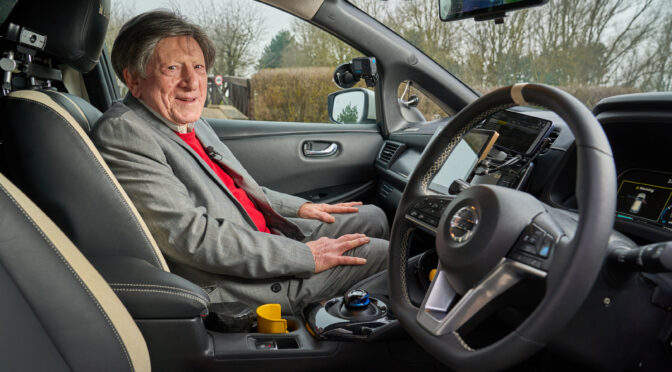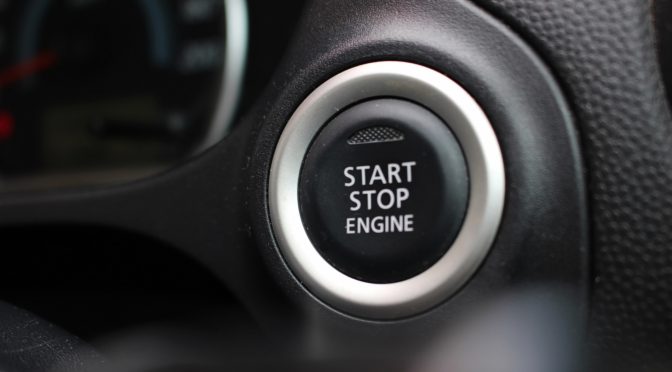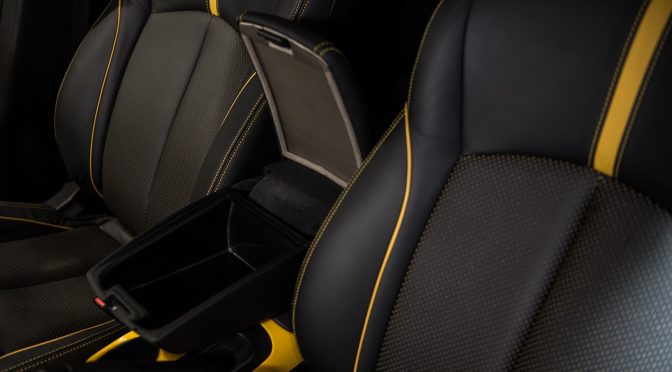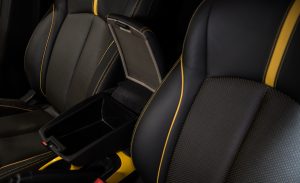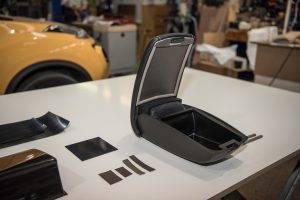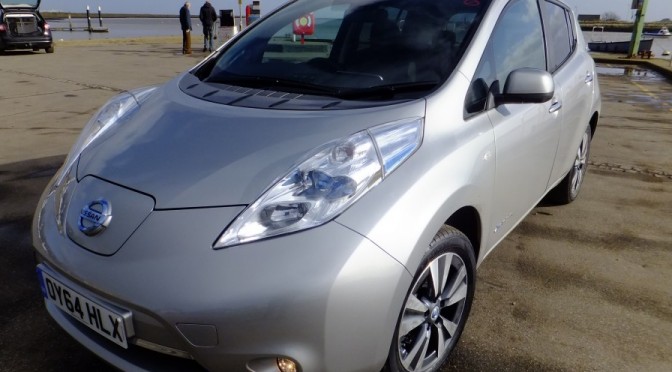Brad Ashton, a lively 93-year-old grandfather and former comedy scriptwriter, recently experienced what he enthusiastically calls “the future of motoring” after taking a spin in Nissan’s autonomous driving car. Marking the successful conclusion of Nissan’s groundbreaking evolvAD project, Brad’s ride around the rural roads of Bedfordshire offered a glimpse into how self-driving vehicles could significantly improve the quality of life for older drivers.
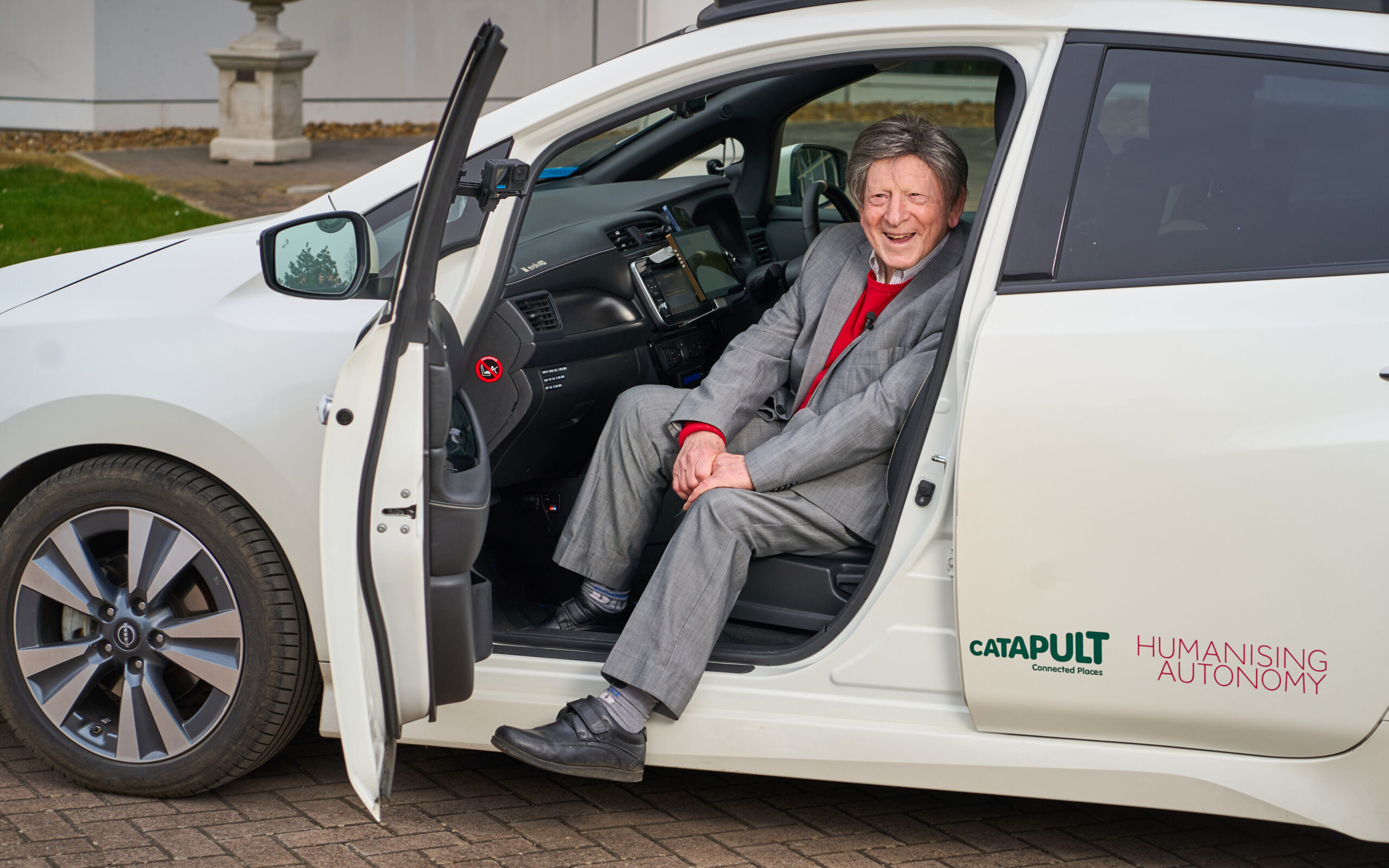
Photo credit: Simon Jacobs/PinPep
As someone who’s been behind the wheel since 1947, Brad relies heavily on his car—a trusty Nissan Micra—to maintain independence, run errands, and care for his wife, Valerie. His recent ride in the autonomous Nissan highlighted the potential for driverless technology to offer independence to older people, especially those living in rural areas with limited public transport.
Reflecting on his experience, Brad noted, “Cars were different back in 1947 – you had to crank them up – so I’ve always wondered what the cars of the future would be like, and this is it. I felt safe and relaxed throughout the experience. Tech like this could help many of us stay in touch with friends and family, reducing feelings of isolation.”
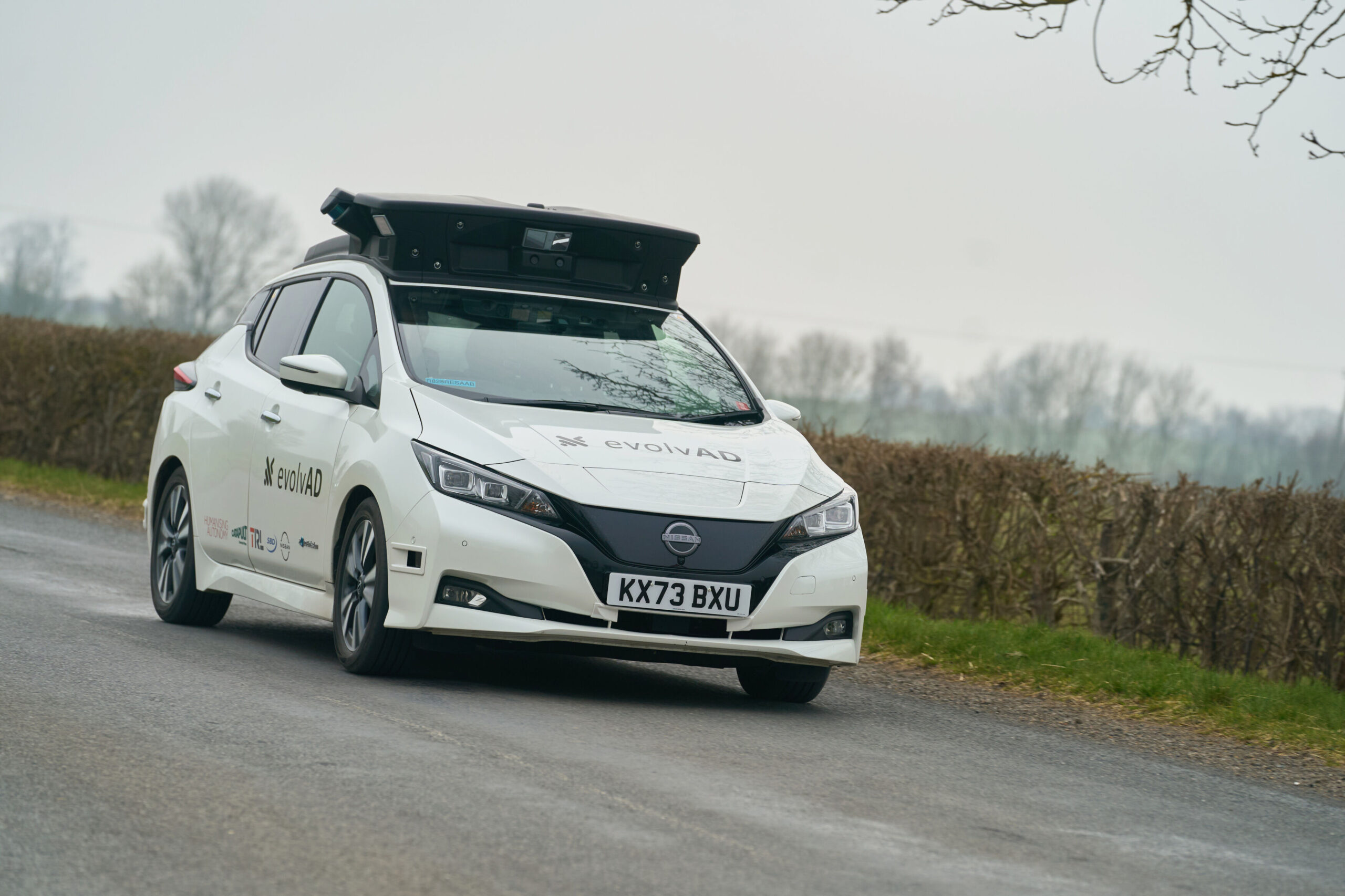
Photo credit: Simon Jacobs/PinPep
Brad’s thoughts align closely with recent research commissioned by Nissan and conducted by OnePoll, involving 1,000 participants aged over 70. The survey revealed a significant demand for technologies that support independence in later life:
- 64% of respondents expressed interest in future technologies like autonomous vehicles to help maintain their independence.
- 63% indicated discomfort at the prospect of relying on others for everyday tasks such as shopping and transport.
- Around a third (36%) of elderly individuals in rural areas admitted feeling socially isolated due to limited driving ability.
Moreover, a considerable portion (21%) emphasised the importance of face-to-face communication, expressing a preference for personal interaction over online alternatives. This highlights the critical role that accessible transportation plays in maintaining social connections.
Nissan’s evolvAD research project has impressively navigated more than 16,000 autonomous miles across diverse UK roads, from busy urban centres to quiet rural lanes, without any accidents. This achievement underscores the technology’s potential to dramatically enhance road safety and offer new mobility solutions for individuals who may otherwise struggle to get around independently.
David Moss, Nissan’s Senior Vice President of Research & Development for the AMIEO region, shared his optimism about the future, stating, “Our talented team at Nissan Technical Centre Europe in Cranfield will continue developing this exciting technology. Autonomous driving offers safer, cleaner, and more inclusive mobility, bringing huge benefits to older generations and individuals in rural locations.”
With pioneers like Brad Ashton advocating its benefits, the future of autonomous driving promises to help older adults maintain independence and connectivity, transforming their golden years into an era of continued adventure and social interaction.
Stay tuned to The Gadget Man for more updates on how innovative automotive technologies are shaping our future on the roads.

